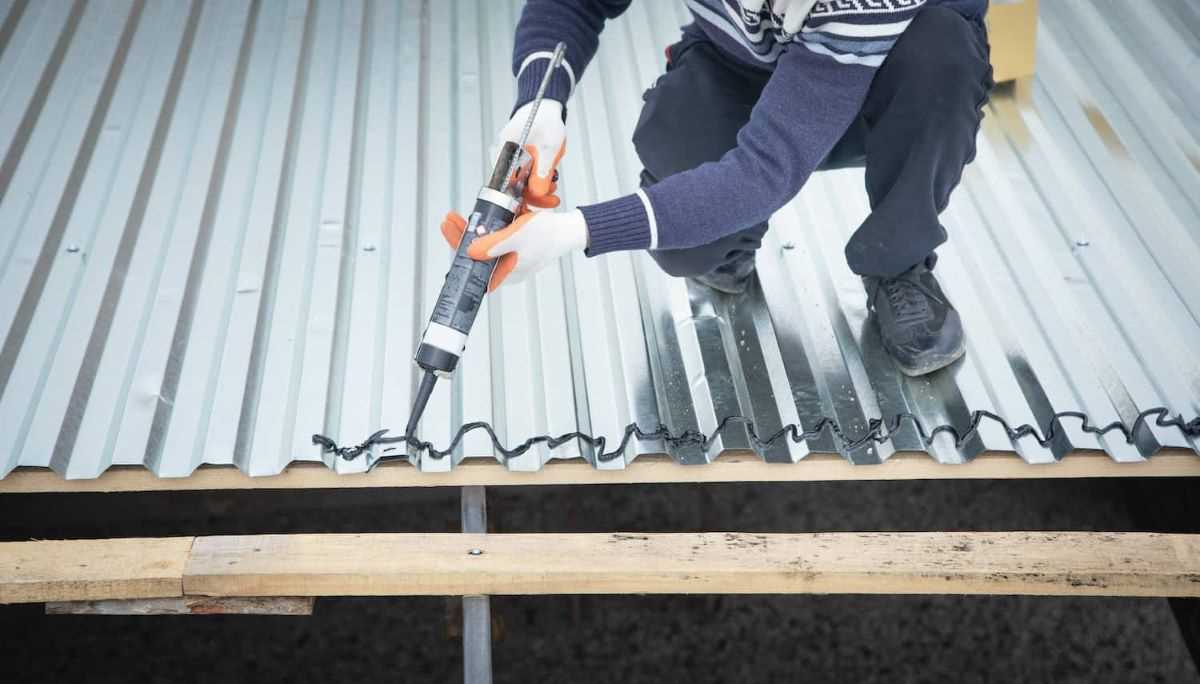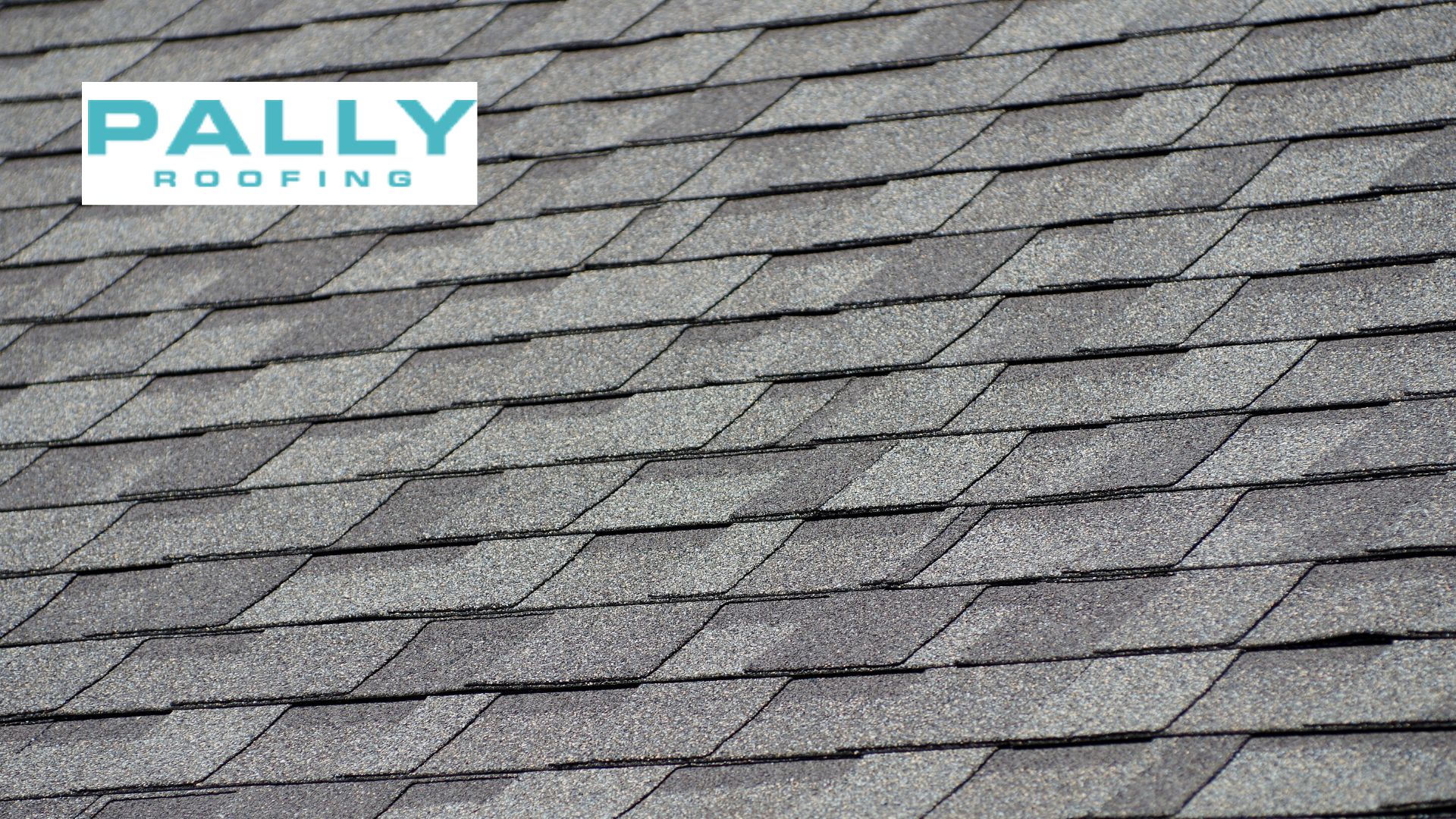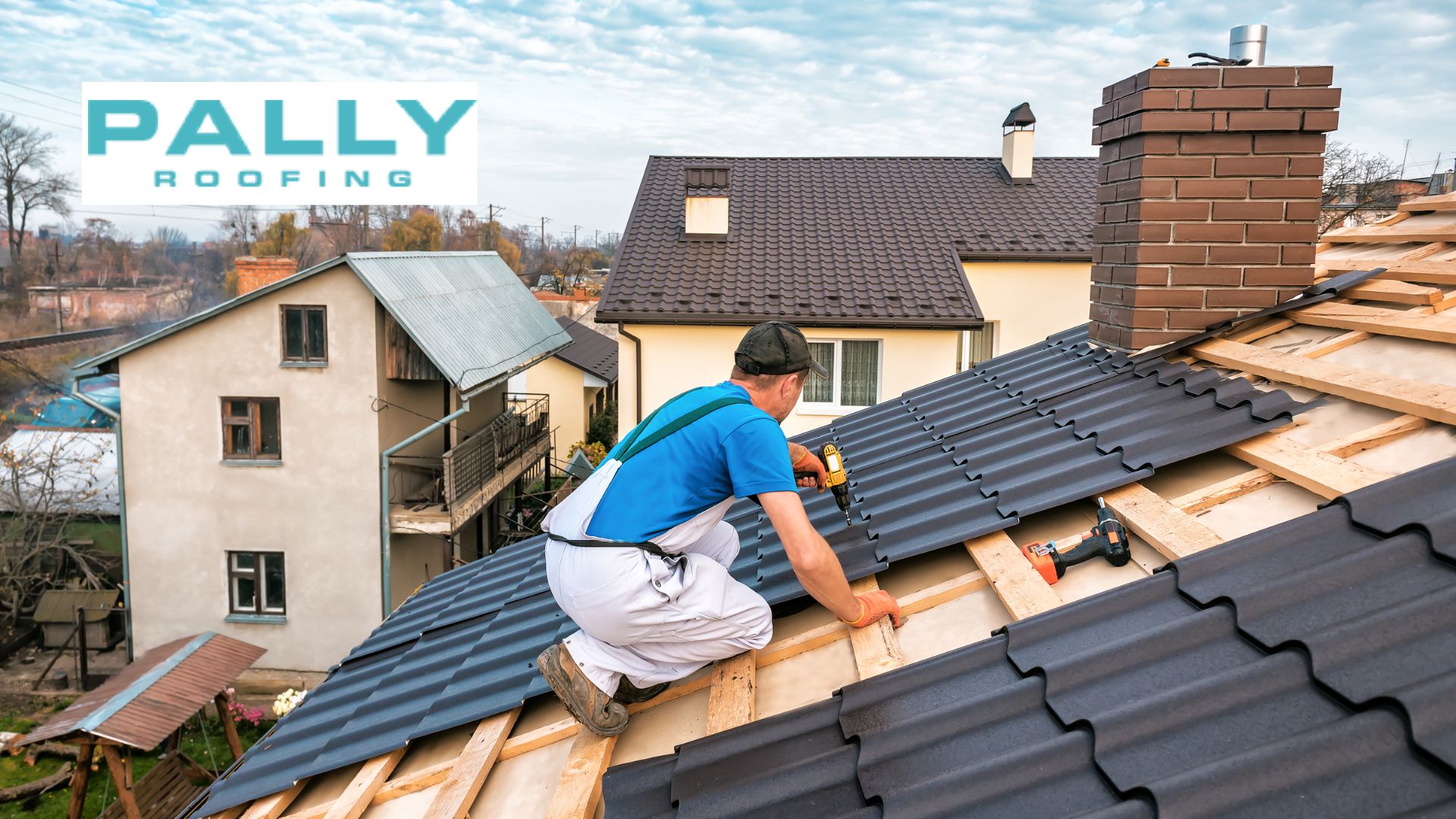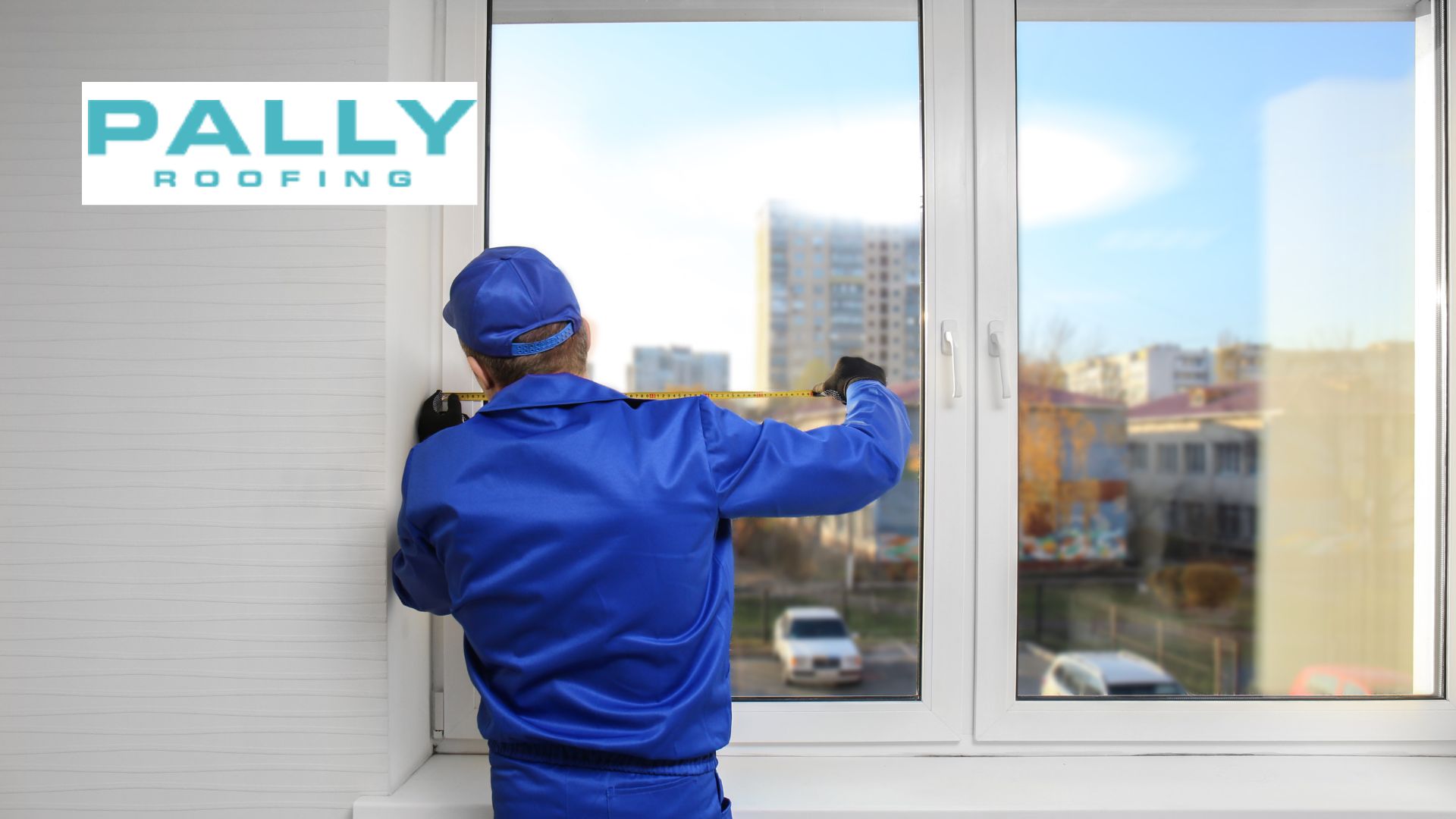Last updated on August 28th, 2024 at 09:19 am
This comprehensive guide will walk you through the essential steps and techniques on how to fix a leaking metal roof, whether dealing with minor holes or more significant damage. By following these guidelines, you can ensure that your metal roof continues to protect your home effectively and efficiently.
Table of Contents
Welcome to Pally Roofing, your trusted roofing solution! Our expert team specializes in a range of top-tier services, including metal roofing installation, asphalt roofing installation, gutter installation, and repair.
Regarding roofing needs, we’re your go-to experts, committed to providing prompt and reliable service. Contact us today to schedule your roofing repair or installation project.
Common Causes of Metal Roof Leaks
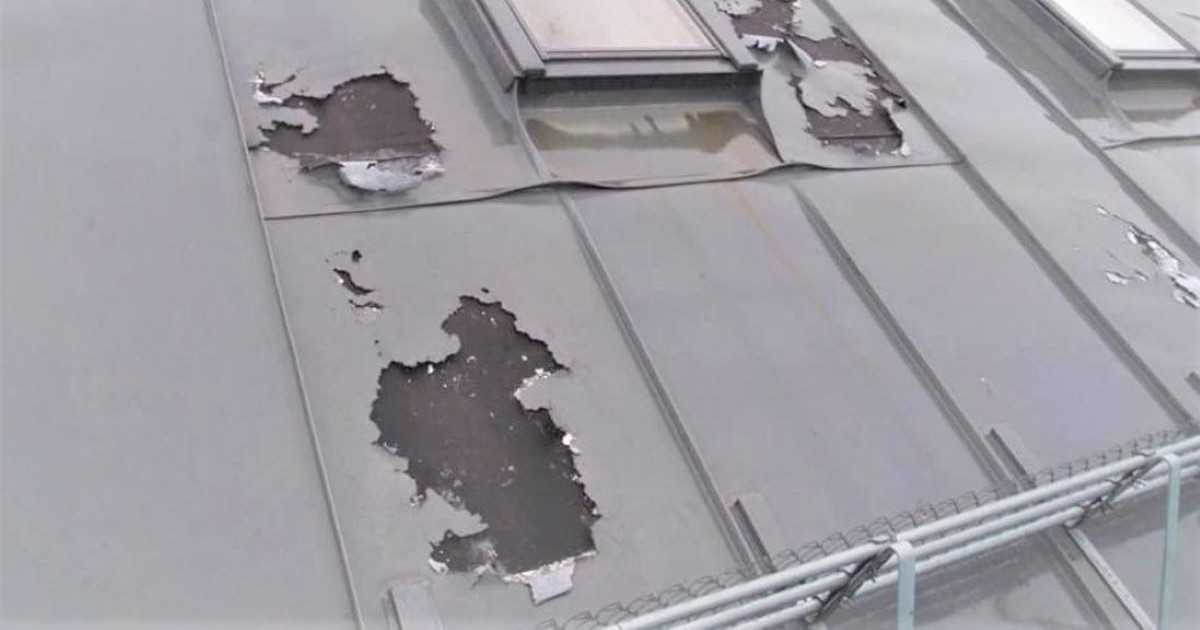
Metal roofs are durable and long-lasting, but various factors can cause leaks. Understanding these common causes can help prevent and address leaks effectively.
- Weathering
- Exposure to Elements: Prolonged exposure to sun, rain, snow, and wind can cause metal roofs to deteriorate over time.
- Thermal Expansion: Metal expands and contracts with temperature changes, potentially leading to gaps and leaks at seams and fasteners.
- Poor Installation
- Improper Sealing: Incorrectly applied sealants can fail, allowing water to seep through joints and seams.
- Inadequate Fastening: Loose or improperly placed fasteners can create openings for water to penetrate.
- Damage from Debris
- Falling Branches: Branches and other debris can cause punctures and dents in the metal roofing.
- Accumulated Leaves and Dirt: Debris can trap moisture against the roof surface, leading to rust and corrosion.
Addressing these issues promptly, along with regular inspections and maintenance, can help extend the life of your metal roof and prevent leaks.
Identifying a Metal Roof Leak
Locating a leak in a metal roof can be challenging but is essential for timely repair. Follow these steps to identify the source of the leak effectively:
- Interior Inspection
- Check Ceilings and Walls: Look for water stains, discoloration, or mold growth on ceilings and walls, which can indicate the general area of the leak.
- Attic Inspection: Inspect the attic during or after a rainstorm. Use a flashlight to look for water trails, wet insulation, or stained wood.
- Exterior Inspection
- Visual Survey: From the ground, inspect the roof for obvious signs of damage, such as missing fasteners, damaged panels, or large debris.
- Roof Walk: If safe, carefully walk on the roof for a close-up inspection.
- Key Areas to Inspect
- Rust and Corrosion: Look for rust spots and corrosion, which can weaken the metal and create holes.
- Holes and Punctures: Check for any visible holes or punctures, especially around areas where branches or other debris might have fallen.
- Loose Seams and Fasteners: Examine seams and fasteners for gaps, loose screws, or missing sealant. Consider transitions and penetrations, such as vents, chimneys, and skylights.
- Flashing: Inspect the flashing around roof edges, vents, and chimneys for any signs of lifting, damage, or deterioration.
- Water Test
- Controlled Watering: If the leak source is not apparent, use a garden hose to simulate rain. Starting at the lowest point, gradually move up the roof, spraying water while someone inside checks for leaks.
Following these tips can help you locate the source of a leak in your metal roof. For comprehensive inspection and repair services, trust Pally Roofing to ensure your roof remains leak-free and in optimal condition.
Tools and Materials Needed for Metal Roof Leak Repair
Properly repairing a metal roof leak requires specific tools and materials. Here’s a list of essentials to ensure a successful repair:
Tools Needed to Repair Metal Roof Leaks
- Ladder: A sturdy ladder for safely accessing the roof.
- Gloves: Protective gloves to prevent injuries from sharp metal edges.
- Safety Harness: For additional safety while working on the roof.
- Caulk Gun: For applying sealant accurately.
- Utility Knife: To cut roofing materials and sealants.
- Wire Brush: For cleaning rust and debris from the repair area.
- Tin Snips: For cutting metal patches to size.
- Measuring Tape: To measure the area needing repair.
- Drill and Screwdriver: For removing and fastening screws.
Materials Used to Repair Leaking Metal Roof
- Roof Sealant: High-quality, weather-resistant sealant to fill gaps and small holes.
- Metal Patches: Metal sheets or patches to cover larger holes or damaged areas.
- Roofing Screws: Corrosion-resistant screws for securing patches and loose panels.
- Butyl Tape: For sealing seams and joints.
- Rust Inhibitor: To treat rusted areas before sealing.
By gathering these tools and materials, you’ll be well-prepared to tackle leaks in your metal roof.
Step-by-Step Guide on How to Fix a Leaking Metal Roof
Preparation
- Safety Precautions
- Use a Sturdy Ladder: Ensure the ladder is secure and on stable ground.
- Wear Protective Gear: Gloves, safety glasses, and non-slip shoes are essential.
- Use a Safety Harness For added security while working on the roof.
- Cleaning the Area Around the Leak
- Remove Debris: Clear leaves, dirt, and other debris from the area around the leak.
- Clean the Surface: Use a wire brush to remove rust and old sealant. Wipe the area clean with a cloth.
How to Seal Holes in Metal Roof
Apply Sealant to Small Holes
- Choose the Right Sealant: Use a high-quality, weather-resistant roof sealant.
- Apply the Sealant: Load the caulk gun with sealant and apply it directly to the hole, ensuring it fills completely.
- Smooth the Sealant: Use a putty knife to smooth the sealant and ensure it covers the hole adequately.
How to Patch Holes in Metal Roof
Patch Larger Holes with Metal Patches
- Cut the Patch: Use tin snips to cut a metal patch slightly larger than the hole.
- Apply Sealant: Apply a layer of sealant around the hole.
- Place the Patch: Press the metal patch over the hole and sealant.
- Secure the Patch: Fasten the patch with roofing screws and add more sealant around the edges to ensure a watertight seal.
Fixing Metal Roof Leaks at Seams and Joints
Address Leaks at Seams
- Clean the Seams: Ensure seams are free of debris and old sealant.
- Apply Butyl Tape: Place butyl tape along the seams to create a waterproof barrier.
- Seal with Roof Sealant: Apply roof sealant over the butyl tape for extra protection.
How to Fix a Leaking Tin Roof
Specific Steps for Tin Roofs
- Inspect the Roof: Check for the tin panels’ rust, holes, and loose seams.
- Remove Rust: Use a wire brush to clean rust from the affected areas.
- Seal Small Holes: Apply a high-quality roof sealant to small holes and gaps.
- Patch Larger Holes: Cut a tin patch, apply sealant around the hole, place the patch, and secure it with screws and additional sealant.
Following these steps can effectively fix leaks in your metal roof. For comprehensive repair services and expert advice, trust Pally Roofing to ensure your roof remains in optimal condition.
Preventative Measures to Avoid Future Leaks
Regular Maintenance Tips
- Clean Gutters: Ensure gutters and downspouts are clear of debris to prevent water buildup.
- Trim Overhanging Branches: Prevent damage from falling branches by trimming trees near your roof.
- Remove Debris: Regularly clear leaves, dirt, and other debris from the roof surface.
Periodic Inspection Advice
- Inspect Twice a Year: Conduct thorough roof inspections in the spring and fall.
- Check After Storms: Inspect the roof for any new damage after severe weather.
- Look for Rust and Corrosion: Address rust spots promptly to prevent them from spreading.
- Examine Seams and Fasteners: Ensure seams are sealed, and fasteners are secure.
By following these preventative measures, you can extend the life of your metal roof and minimize the risk of leaks.
Conclusion
Regular maintenance and periodic inspections are vital in the early detection and prevention of potential issues. By staying proactive, you can extend the lifespan of your roof and avoid costly repairs in the future.
Take your time with minor problems to become major headaches. Take action today to inspect, maintain, and repair your metal roof. For professional assistance and peace of mind, trust Pally Roofing to provide expert services tailored to your roofing needs.
Contact us now to schedule your roofing repair or maintenance project and keep your roof in top condition.
Frequently Asked Questions
Can a Metal Roof be Repaired?
Yes, metal roofs can be effectively repaired using sealants, metal patches, and proper techniques to address leaks and damage.
Author
-

With more than 16 years of hands-on experience, Phillip Schmucker is the knowledgeable owner of Pally Roofing. His dedication to superior roofing services has earned him a reputable place in the industry. Phillip also shares his extensive expertise through writing, providing readers with practical tips and professional advice on various roofing topics. Follow him on LinkedIn.
View all posts

